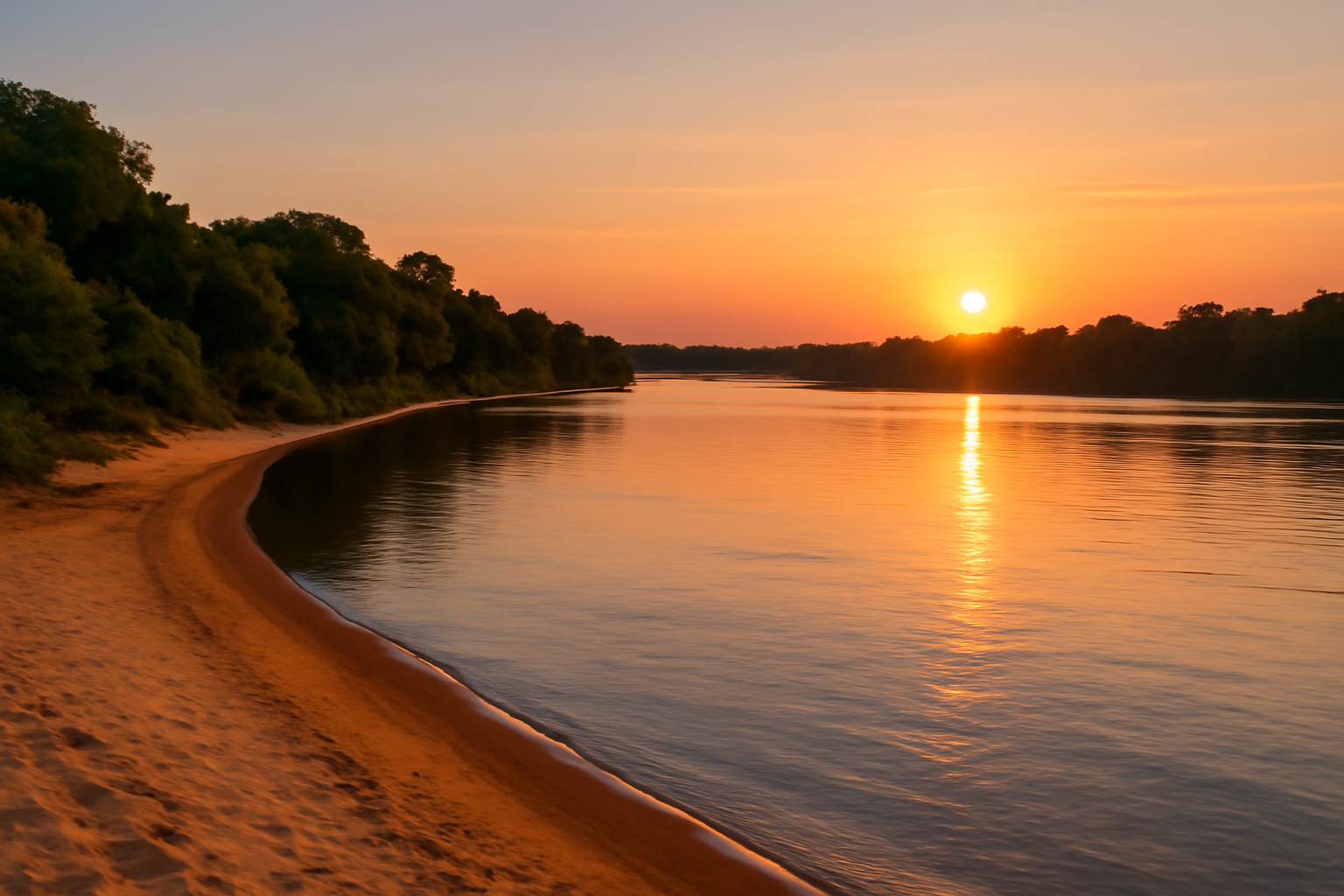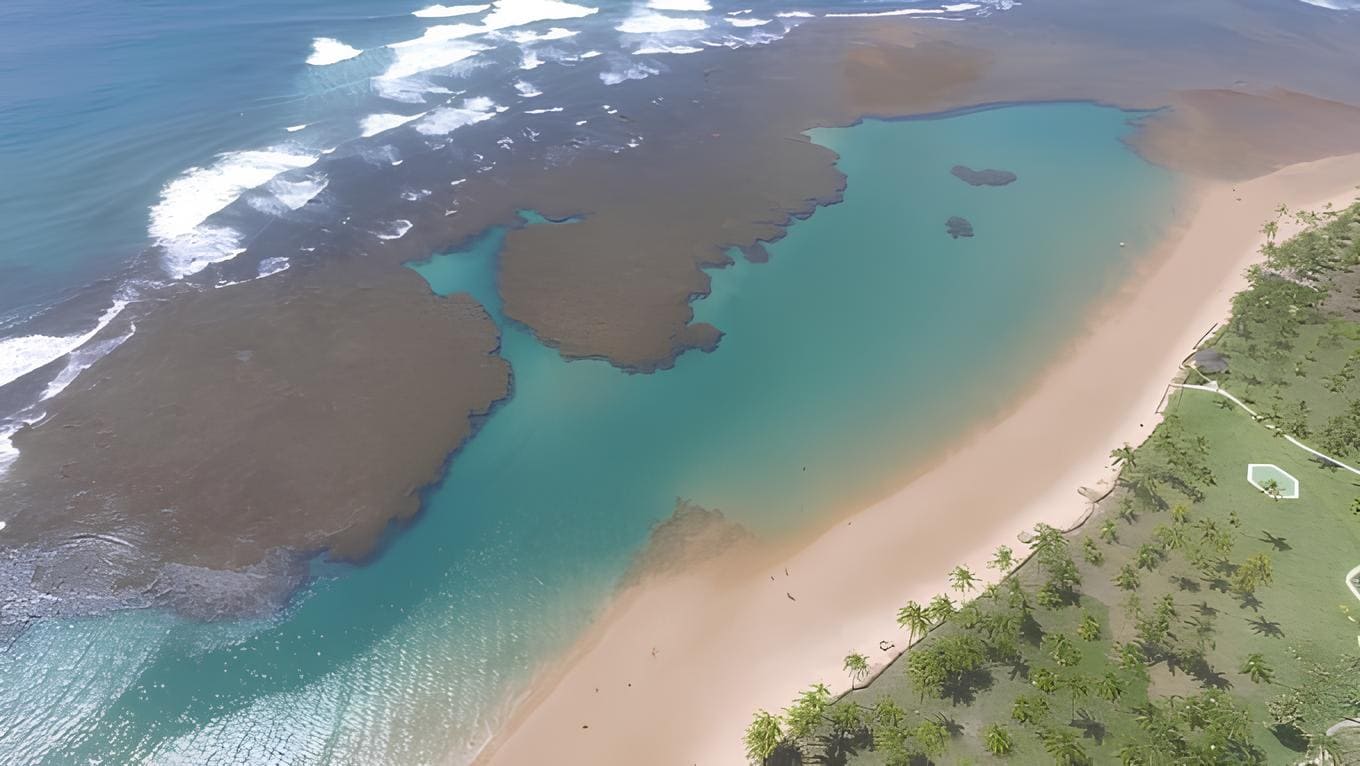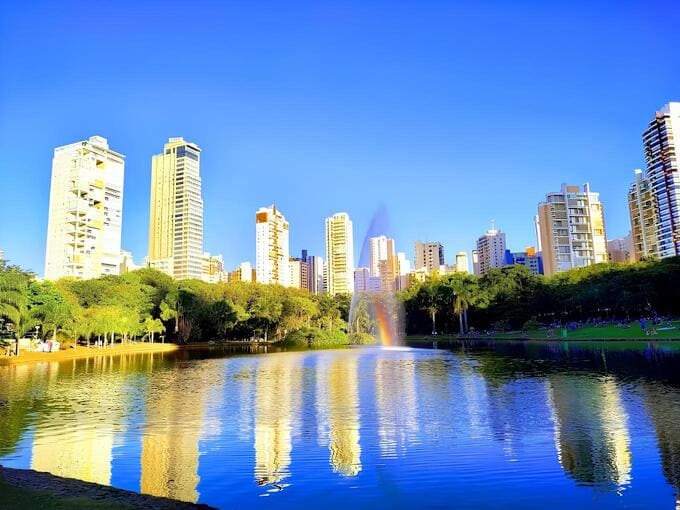
Post Em Fase de Montagem

Imagine acordar com o som do mar, abrir a janela e ver coqueiros balançando com o vento — e, ao longe, velas coloridas de kitesurf cortando o céu sobre águas

Imagine-se pisando em areias brancas, caminhando por quilômetros sob coqueiros vibrantes, mergulhando em águas cristalinas onde peixinhos coloridos nadam à sua volta, vendo o pôr do sol tingir o céu

Imagine uma capital vibrante, com amplas áreas verdes, centros culturais pulsantes, gastronomia acolhedora e uma atmosfera acolhedora — essa é Goiânia, a capital do coração do Brasil. Neste guia, você

Imagine caminhar por calçadões à beira‑mar, sentir a brisa salgada no rosto e ouvir o som de ondas misturado ao riso de turistas e cariocas. Esse é o clima vibrante

Nada se compara à sensação de chegar à Copacabana — um dos destinos mais icônicos do mundo. Com seu mar, seu calçadão de pedras portuguesas, a atmosfera vibrante e uma

Imagine combinar praias deslumbrantes, montanhas cheias de história, cidades vibrantes e uma cultura rica — esse é o encanto do Estado do Rio de Janeiro. Ao longo deste guia, você